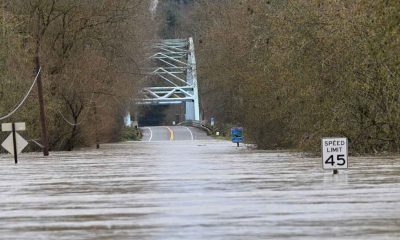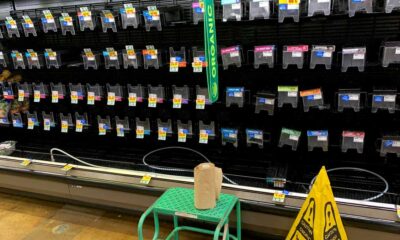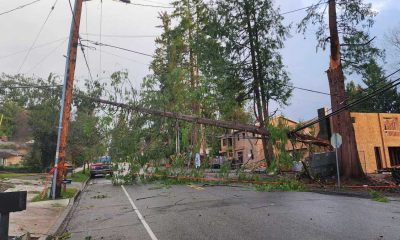Terra Firma
Rain of the scarecrow
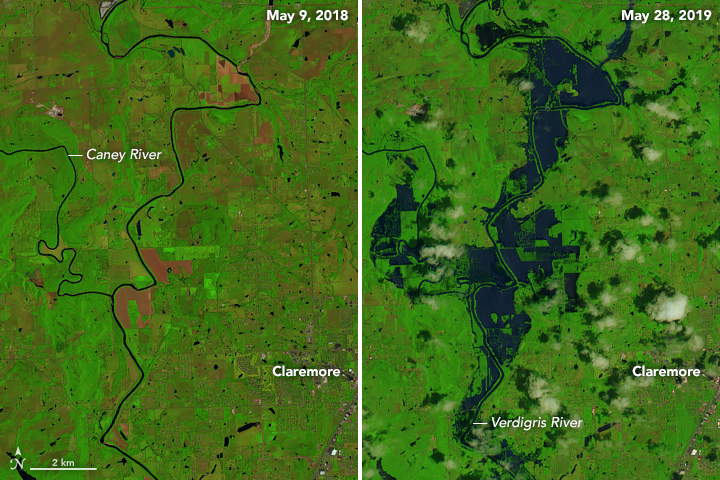
United States farmers are facing the worst crisis since the 1980s Soviet grain embargo. Although weather played a factor in the 1980s, the weather is a leading role in 2019. After years of drought impacting much of the country, the nation is now awash in water. Historical amounts of rain have created historic flooding, both in duration and ferocity, devastating farm operations across the United States.
In the first quarter of 2019, 160 farms filed for Chapter 12 bankruptcy, which would put 2019 for 600 plus filings, a 29% increase from last year. The total number of farms in the United States has been in steady decline since 2007, dropping about 10% in 11 years (statistics go to 2018). Total land use for farming in the United States has also declined during the same period, dropping about 5%.
Crop failures in the United States are at the worst levels in 30 years, and in many cases, it is because arable land is underwater, or too soaked to plant. Generally, at this time of the year, 79% of the cropland dedicated to soybean production would be planted – today it stands at 39%. For corn, the average would be 96% – today it is less than 65%. Farmers are facing a now or never choice this week across the nation. File crop insurance claims for, “prevented to plant,” and accept about 50 cents on the dollar on what would already be meager profits for doing nothing, or roll the dice and plant anyway. If they plant and the crops don’t provide a yield, they could file for federal aid or insurance. That assumes that the farmer has coverage in the first place.
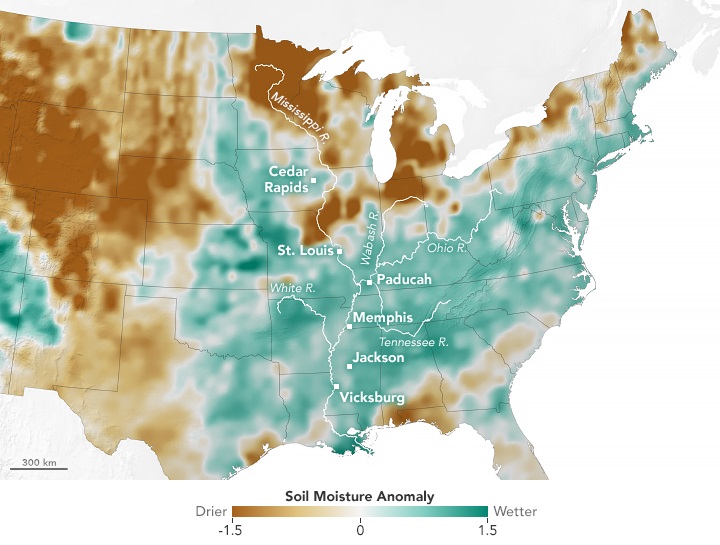
This crisis has been years in the making through a combination of climate change, market conditions, and the political landscape. In the 2000s, ethanol became mandated in US gasoline. Small ethanol producers were bought up by large corporations, and farmers shifted to corn to sell to the ethanol industry. The shifting of corn to ethanol production reduced the overall supply of other grains and raised the cost of feedstock for farm animals. The demand for beef and pork dropped due to rising prices. At the same time, rBST was sending milk production through the roof, creating an oversupply. Dairy farmers sent their herds to slaughter and gave up, while pork and beef producers sent their animals to market at a younger age.
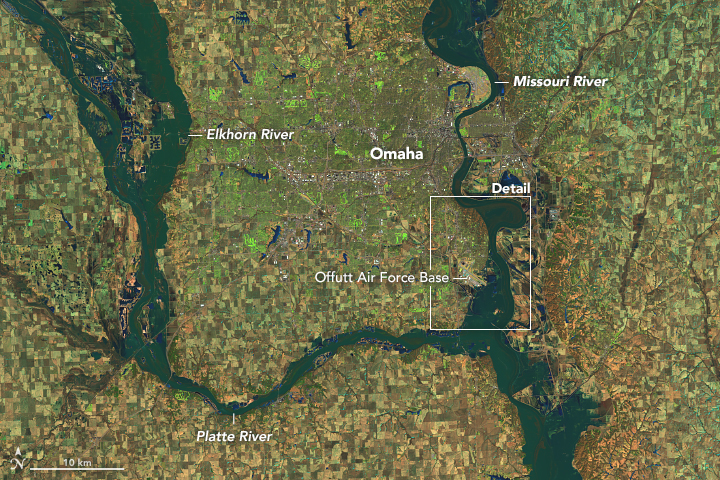
Fast forward a few years later, and with smaller dairy and livestock herds, demand for grains for feedstock plummeted creating a vast oversupply. The price of corn, soy, and wheat collapsed, gutting the profits reaped earlier this decade. The Obama Administration block the planned E15 ethanol mandate for all US gasoline, and the Trump Administration continues to block the rule. The expected increase in ethanol production never happened, adding to more oversupply and further depressing prices.
Add in a buying embargo by China for US soybeans, tariffs, a global oversupply of milk and milk products, US farmers were already reeling. Congress playing a game of chicken for disaster aid didn’t help matters, and the heartland of the United States will inevitably need more support going forward.
The weather patterns producing this historical rain event have eased, but there is still a tremendous amount of water that needs to flow through these river basins for weeks to come. All of this spells bad news for Louisiana, where the increased freshwater flow will accelerate land loss in the Mississippi Delta, and hurt oyster farms and harvesters. The decrease in salinity in the gulf lowers oyster yields.
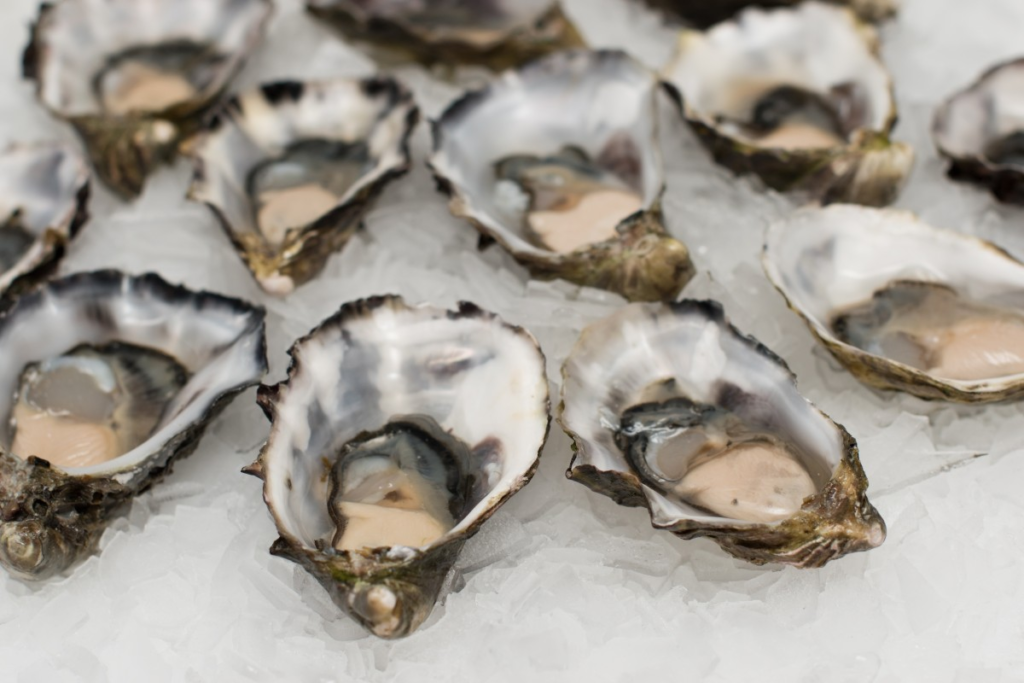
As for the ongoing flooding, in some cases, entire farms and communities have likely been lost forever. The tangle of levees in many of these regions is managed by independent cooperatives and local governments, which don’t have the money or resources to update or maintain them. The Army Corps of Engineers has already channeled and tamed the Arkansas, Missouri, and Mississippi Rivers, so there is little left they can do beyond build dams and levees they manage higher. Once a levee is overtopped, the flow of the water eats away it, requiring major repair, if not a full replacement. If a levee blows out at a middle point, the rushing water chews away at both sides. In many cases, the strategy is to wait for the rain to stop and wait for the water to recede – that could still be months away in some places.
As for the average American, in the short term, you can expect lower prices at your grocery store for some commodities that aren’t Heche en Mexico. Later this year as the full impact of the crop failures are felt, prices will likely go up. Corn plays a huge role in the American food chain, as a feedstock for farm animals that impacts meat, egg and dairy prices, as a grain for cereals, and for corn syrup production as a sweetener. It also will likely increase costs at the pump (more likely it will blunt the slow decline we start to see after the Fourth of July holiday weekend), with the gasoline you put in your car requiring 10% Ethanol content per federal law.
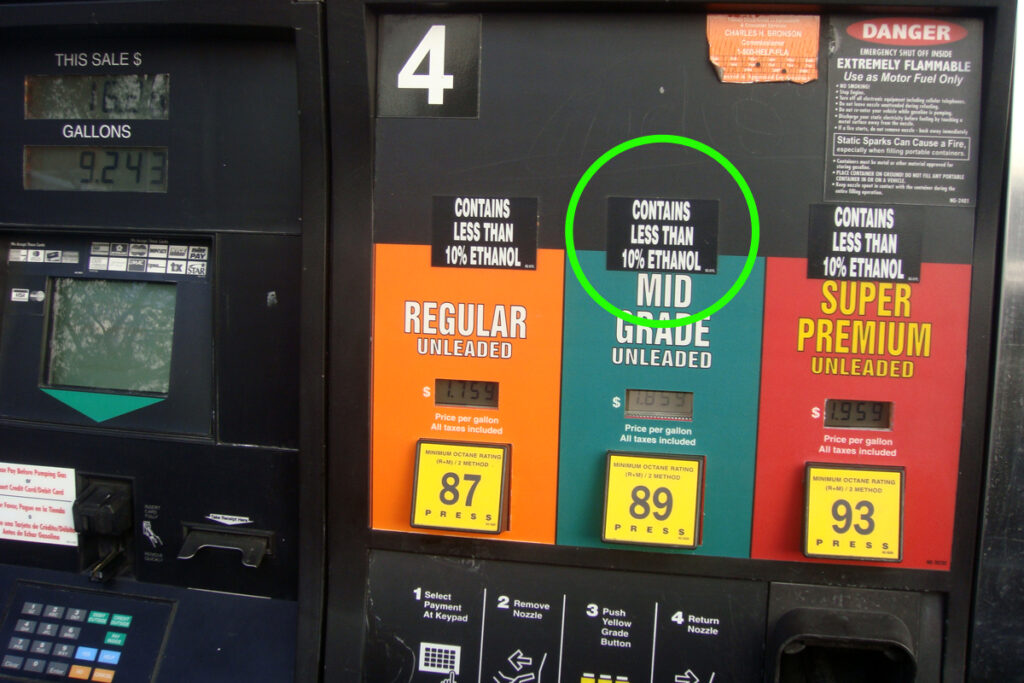
The impact of climate change continues to play out as predicted in models that go back to the 1980s. The weather is not climate, and the climate is not the weather. Single weather events don’t serve as proof a change to this planet, but when taken together in aggregate, it is evident something is wrong.
Think about it.
Malcontent, out.





